GANGRENE
Necrosis of tissue with superadded putrefaction
Latin gangraena <Greek gángraina ‘an eating sore’ /eroding ulcer
DRY GANGRENE
Commonly occurs in limbs
Due to ischemia
Organ is dry, shrunken and black
Limited putrefaction
Line of demarcation present
Prognosis better
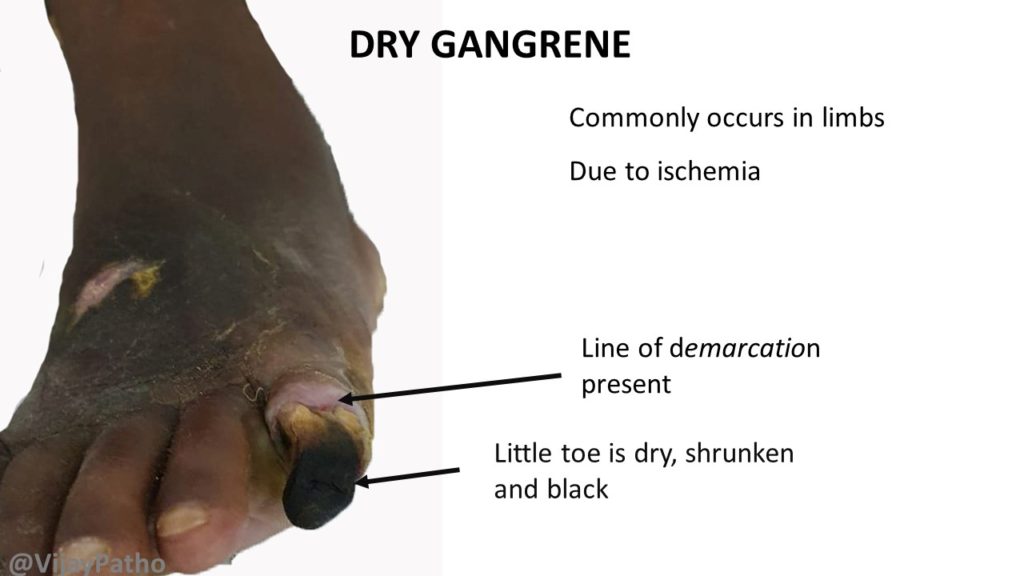
Black color of the affected tissue (resulting from formation of iron sulfide from decomposed hemoglobin)
Hydrogen sulphide released from bacteria reacts with iron ( from hemoglobin) and form iron sulphide.
WET GANGRENE
Commonly occurs in bowel
Most often due to venous obstruction .. Also can be due to blockage of arterial supply
The affected segment of bowel is Moist , soft, swollen and dark
Marked putrefaction
No line of demarcation
Poor prognosis
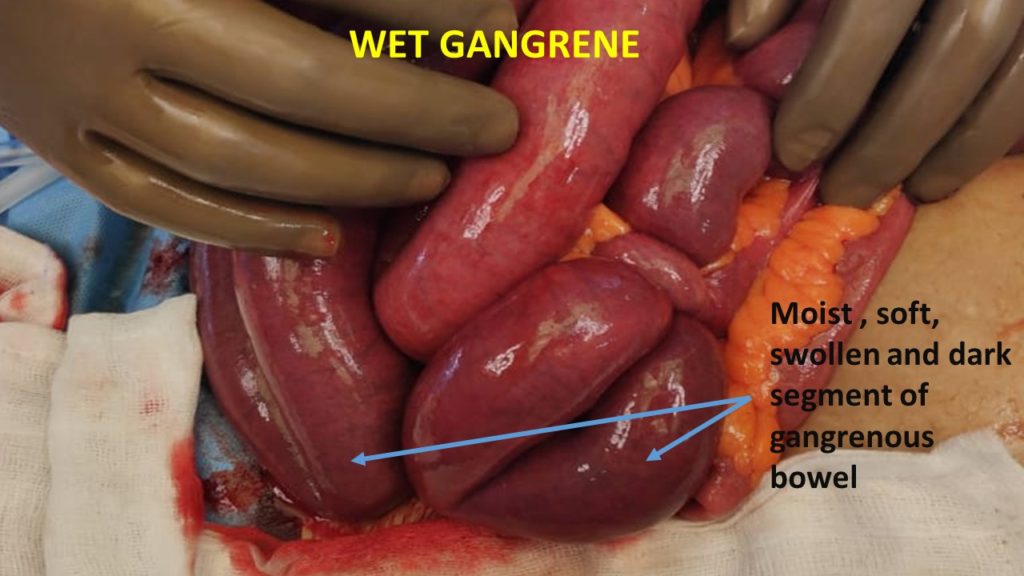 Photo courtesy: Dr Prabhakar
Photo courtesy: Dr Prabhakar
“Wet Gangrene of the limbs”
Often in Diabetics
High content of sugar in the tissue favors infection.
The tissue is black, rotten, pulpy and foul smelling
As the bacteria decomposes.. The tissue may turn blue or green
GAS GANGRENE
Special form
Formed by gas forming clostridia Cl Welchii (Perfringens)
Contaminated wounds
Complicated operations of colon
Affected area is swollen, edematous, painful and crepitant
Later the area becomes dark black and foul smelling. This type of gangrene has a very high mortality rate.
CLICK HERE to watch the video tutorial on Gangrene

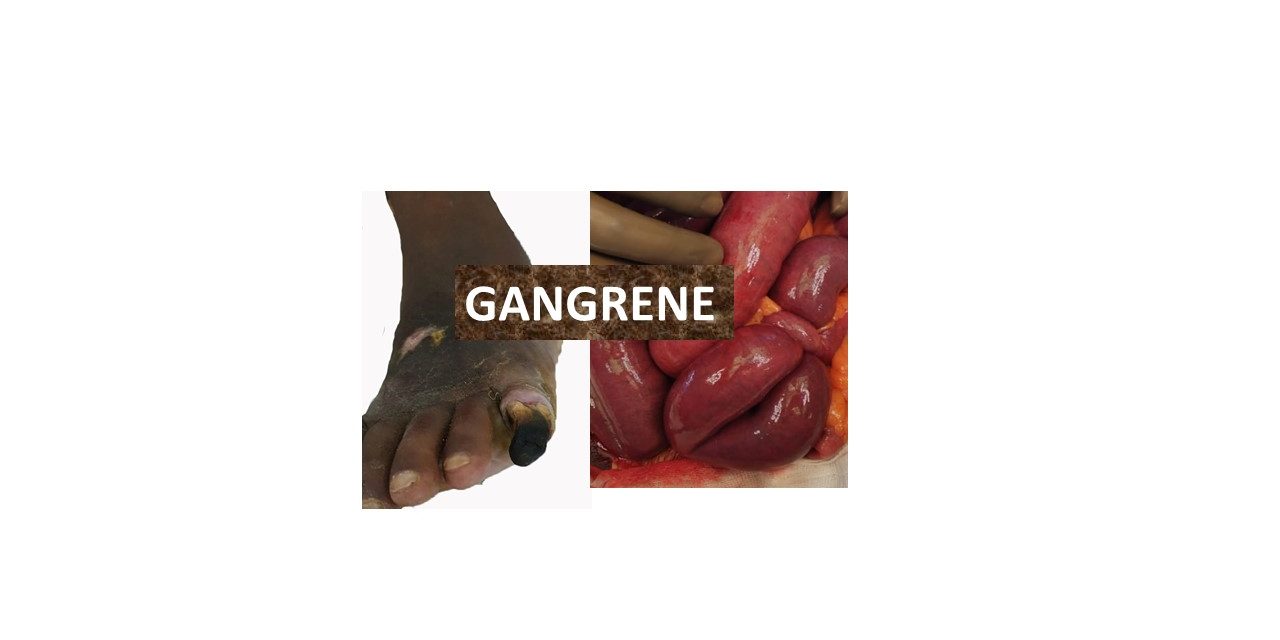
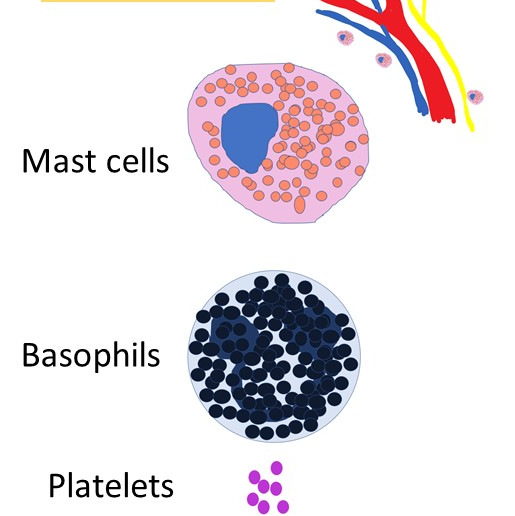
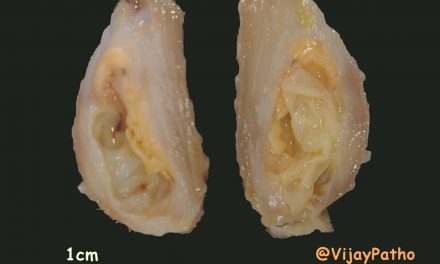
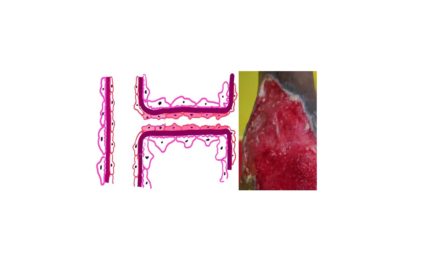






Recent Comments